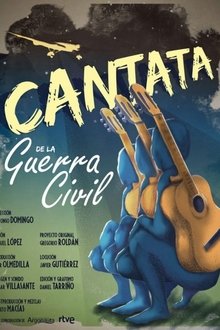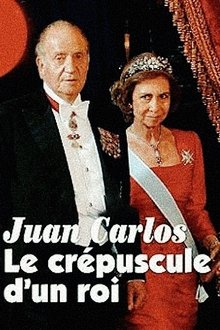A particular reading of the hard years of famine, repression and censorship after the massacre of the Spanish Civil War (1936-39), through popular culture: songs, newspapers and magazines, movies and newsreels.
Related Movies
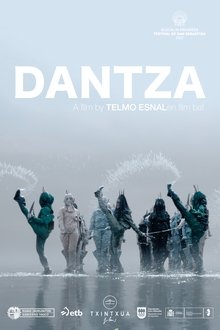
Dantza (2018)
When the rain ends, life sprouts from the earth. A fruit grows and becomes the apple that gives life to the cider. Then comes the time of harvest, toasting and celebrating love. A story about the cycle of life and death, of the struggle for survival. Where the passage of time is marked by the course of nature, music and dance.

The Endless Trench (2019)
A small village in Huelva, Andalusia, Spain, 1936. Higinio and Rosa have been married only for a few months when the Civil War breaks out. Higinio, being afraid of possible reprisals from the rebel faction, decides to use a hole dug in his own house as a temporary hideout.
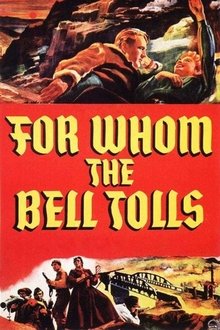
For Whom the Bell Tolls (1943)
Spain in the 1930s is the place to be for a man of action like Robert Jordan. There is a civil war going on and Jordan—who has joined up on the side that appeals most to idealists of that era—has been given a high-risk assignment up in the mountains. He awaits the right time to blow up a crucial bridge in order to halt the enemy's progress.
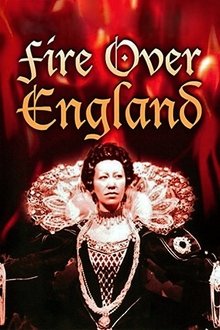
Fire Over England (1937)
The film is a historical drama set during the reign of Elizabeth I (Flora Robson), focusing on the English defeat of the Spanish Armada, whence the title. In 1588, relations between Spain and England are at the breaking point. With the support of Queen Elizabeth I, British sea raiders such as Sir Francis Drake regularly capture Spanish merchantmen bringing gold from the New World.

Costa Natura - Naked Village (2001)
Join Charlie, Holly, Sherry, Rhowena, Katarina and Tony as they discover the picturesque and enchanting naturist village of Costa Natura on Spain's Costa del Sol. Situated close to Estoponia with Gibralter only 30 miles away. Costa Natura provides for an all year round haven for naturist relaxation.

The Invaders (2016)
The theater director Víctor Conde is preparing his jump to the cinema with a science-fiction musical starring Angy Fernández, María Castro, Ricardo Gómez and Santiago Segura, among others.
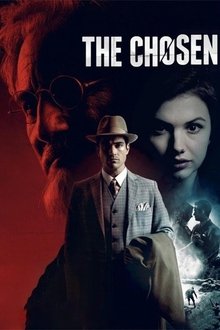
The Chosen (2016)
Spain, 1937. Ramón Mercader, a young communist combatant, is recruited and trained by the Soviet intelligence service to participate in a top secret mission ordered by the ruthless dictator Joseph Stalin: the assassination of his former political rival, Leon Trotsky, who is living in exile in Mexico.
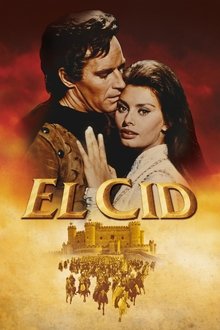
El Cid (1961)
Epic film of the legendary Spanish hero, Rodrigo Diaz ("El Cid" to his followers), who, without compromising his strict sense of honour, still succeeds in taking the initiative and driving the Moors from Spain.

Even the Olives Are Bleeding (1976)
An RTÉ documentary on Irish involvement in the Spanish Civil War, 1936-1939.
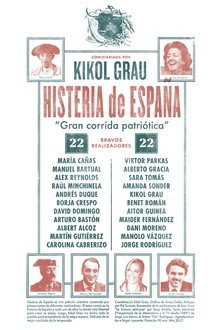
Histeria de España (2018)
A collective effort about the recent history of Spain. A distorting mirror, a radiography, a rotten but exquisite corpse: the blood, the sweat, the dandruff of a country in the shape of a large and extended bull skin. A parade of freaks. The ridiculous independence of the upstairs neighbor, the sovereignty demanded by an insane parrot prisoner in its open cage. Football, potato omelette, kings and safaris. Things not to do again. Guerrilla cinema. Hysteria of Spain.

Living the Utopia (1997)
A retrospective look at the anarcho-syndicalist and anarcho-communist experience in Spain from 1930 until the end of the Civil War in 1939.

The Metropolitan Opera: Carmen (2024)
Director Carrie Cracknell makes her Met debut, reinvigorating the classic story with a staging that moves the action to the modern day, in a contemporary American industrial town.
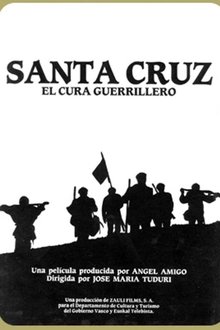
Santa Cruz, the guerrilla priest (1990)
Juán Auzmendi, sacristan of a small Spanish village, decides to emigrate to America in search of new horizons. To pay for the trip, he steals the saving of his parish priest and begins the journey to the city of Pasajes, where he hopes to get on a ship. But Spain is again on the verge of a Civil War and the trip to the coast gets complicated.

In Battle Against the Enemy of the World: German Volunteers in Spain (1939)
Nazi propaganda film about the Condor Legion, a unit of German "volunteers" who fought in the Spanish Civil War on the side of eventual dictator Francisco Franco against the elected government of Spain.
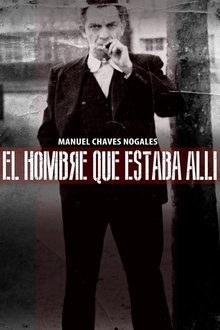
The Man Who Was There (2013)
The Spanish journalist Manuel Chaves Nogales (1897-1944) was always there where the news broke out: in the fratricidal Spain of 1936, in Bolshevik Russia, in Fascist Italy, in Nazi Germany, in occupied Paris or in the bombed London of World War II; because his job was to walk, see and tell stories, and thus fight against tyrants, at a time when it was necessary to take sides in order not to be left alone; but he, a man of integrity to the bitter end, never did so.
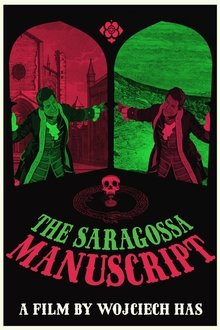
The Saragossa Manuscript (1965)
During the Napoleonic wars, a Spanish officer and an opposing officer find a book written by the former's grandfather.
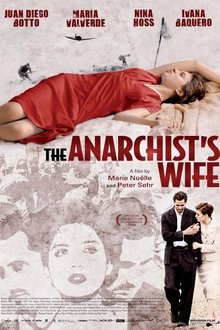
The Anarchist's Wife (2008)
Manuela is left behind when her husband Justo fights for his ideals against Franco's Nationalists during the Spanish Civil War. He is deported to a concentration camp, and upon his release, continues the fight against nationalism in the French resistance. Years pass without a word from him, but his wife never gives up hope of seeing him again.
